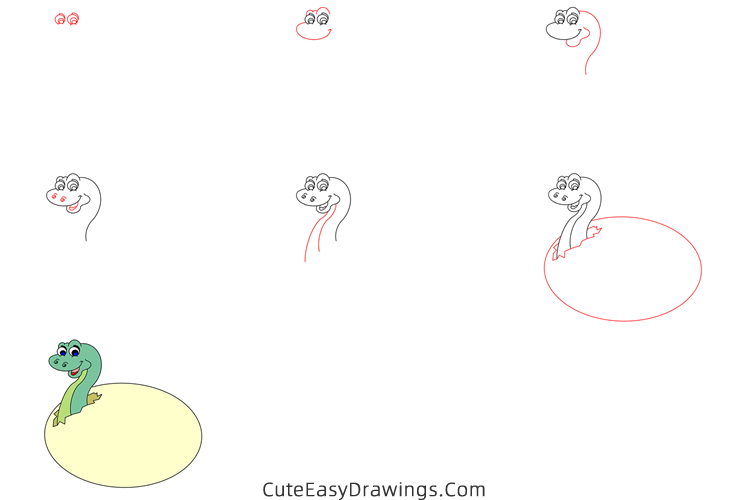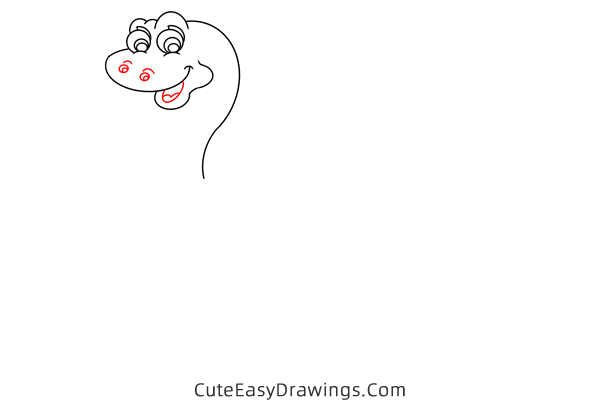Dinosaur eggs, much like those of modern birds, were likely incubated by maintaining a consistent temperature. Female dinosaurs laid their eggs in nests, which could be simple depressions in the ground or more complex structures depending on the species.
The eggs needed to be kept warm for the embryo to develop. Some scientists believe that dinosaur parents may have sat on their nests to provide the necessary heat, while others think the nests might have been covered with vegetation to insulate them.
The temperature could affect the development of the embryo. In some species, different temperatures during incubation might have determined the sex of the hatchlings.

After an incubation period that could last from weeks to months, the baby dinosaur, or hatchling, was ready to hatch. It would use a specialized structure called an egg tooth to break through the shell.
Once hatched, the young dinosaur faced the challenge of survival in a prehistoric world filled with predators and competition for resources.
In today's drawing tutorial, we are going to learn how to draw a baby dinosaur. He is breaking out of his egg and is very happy and seems to be looking forward to the world! If you like this baby dinosaur, follow the step by step instructions below and try to draw it!

SUPPLIES NEEDED:
√ Draw a Dinosaur Egg Hatching PDF (Click to download for free.)
√ Drawing Papers (You can get it easily and I would say almost any paper can be used.)
√ Pencils / Markers / Crayons / Watercolors (Remember to use a pen with a fine tip when outlining.)
FOR WHOM:
Elementary school students
TIME NEEDED:
About 1 hour
INSTRUCTIONS:
How to Draw a Dinosaur Egg Hatching Step by Step
Step 1 Draw the eyes of this baby dinosaur.

Step 2 Outline the head of this baby dinosaur.

Step 3 Draw this baby dinosaur's chin and neck.

Step 4 Draw this baby dinosaur's nose and mouth.

Step 5 Draw this baby dinosaur's neck.

Step 6 Draw an oval dinosaur egg.

Step 7 Finally color this baby dinosaur and egg.

Guys, have you learned how to draw a dinosaur egg hatching yet?

 How to Draw a Cat Step by Step
How to Draw a Cat Step by Step How to Draw a Siamese Cat Step by Step
How to Draw a Siamese Cat Step by Step How to Draw a Capybara Easy Step by Step
How to Draw a Capybara Easy Step by Step How to Draw a Mouse Step by Step
How to Draw a Mouse Step by Step


